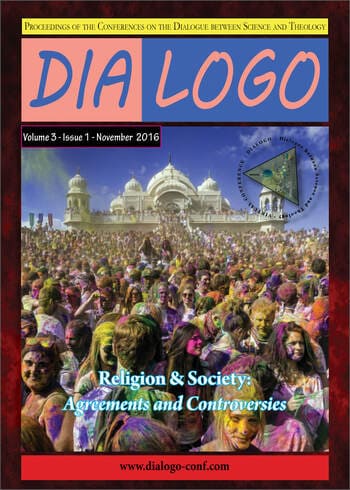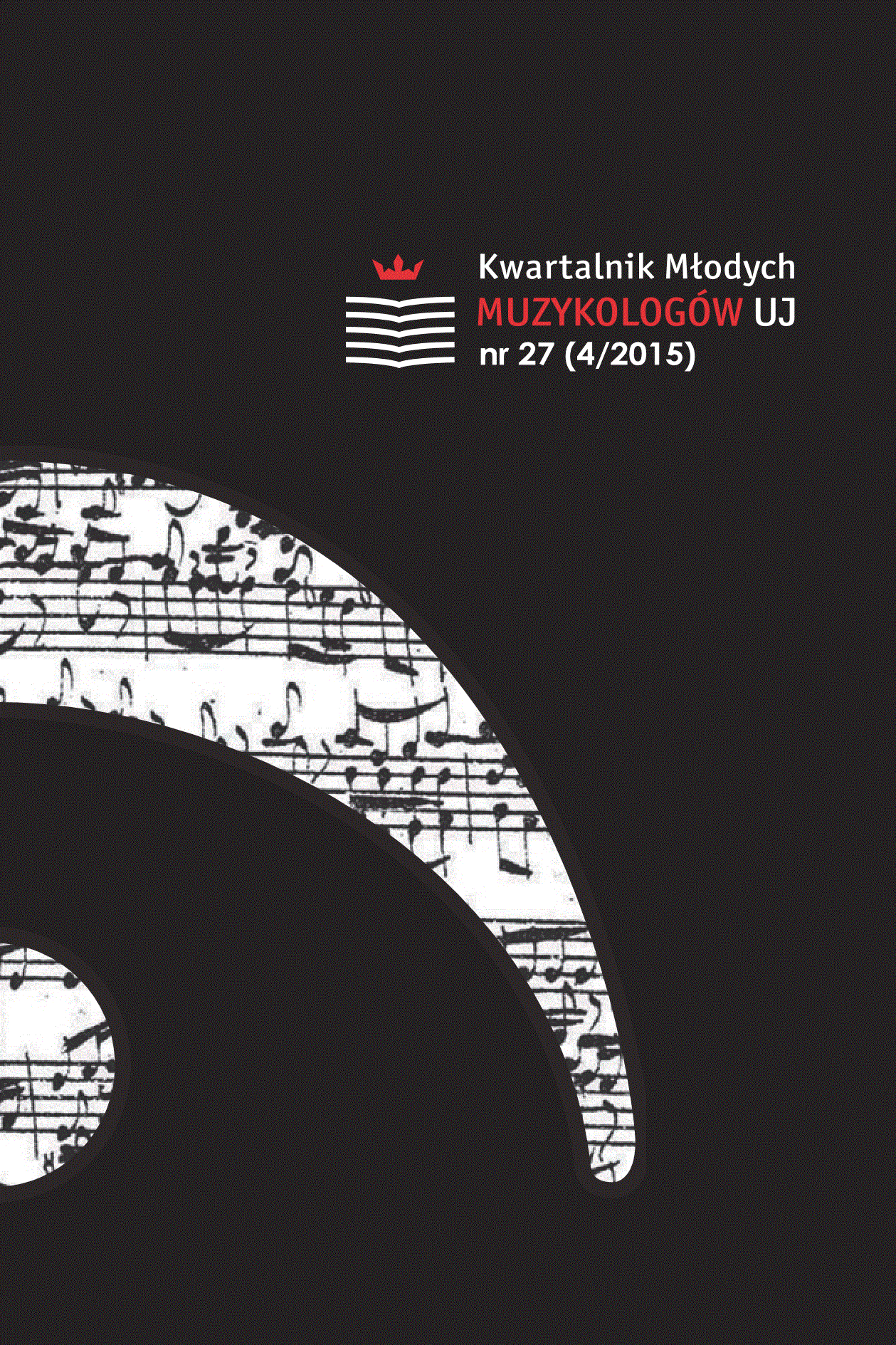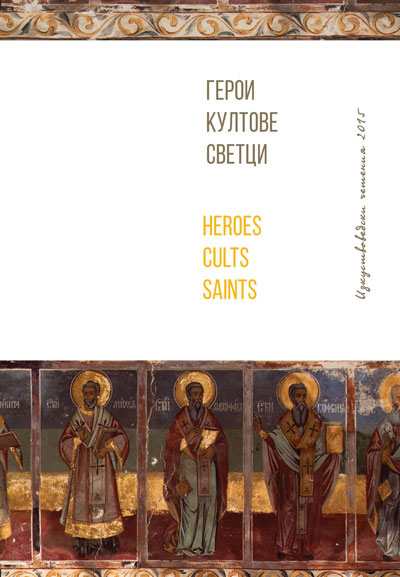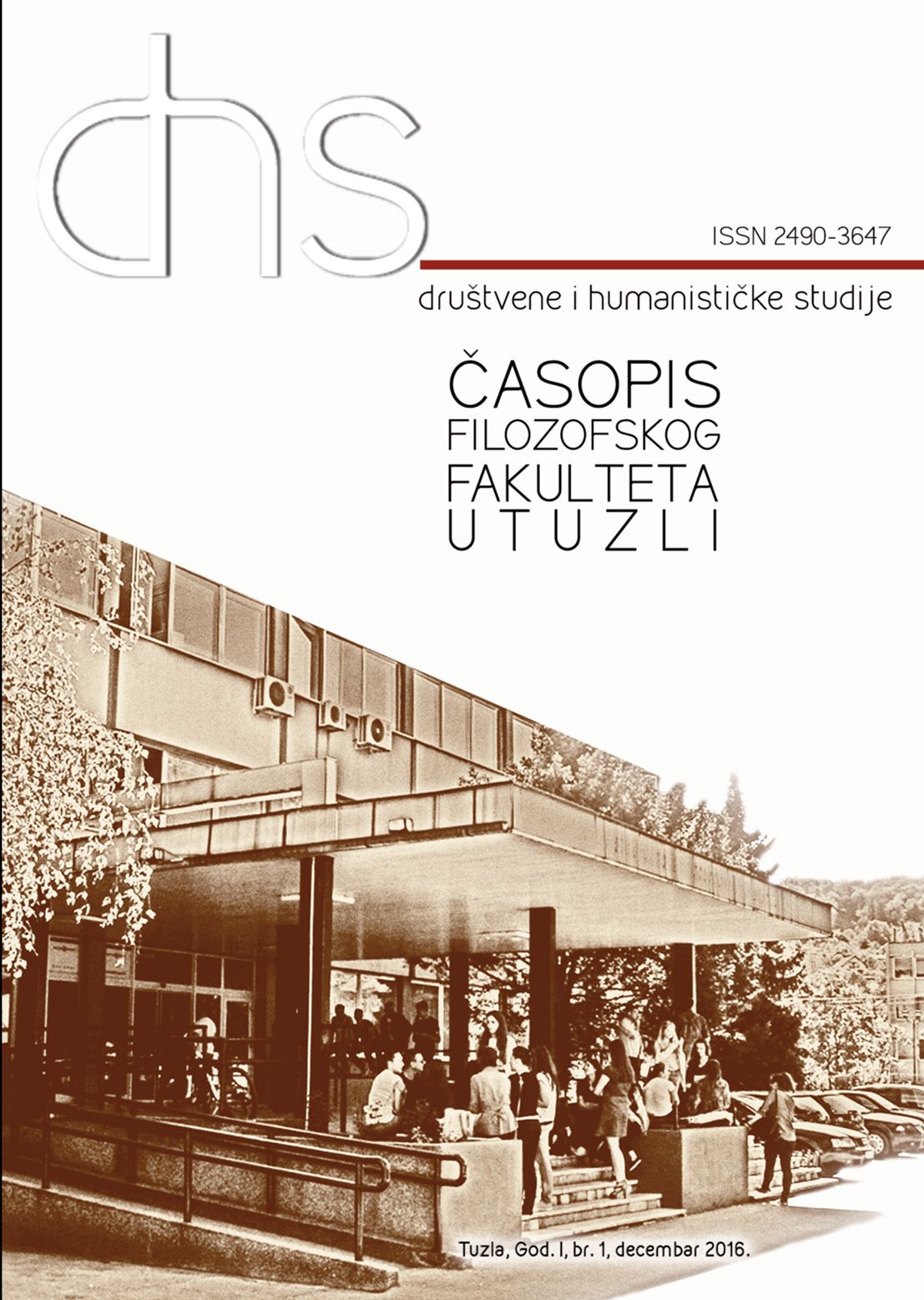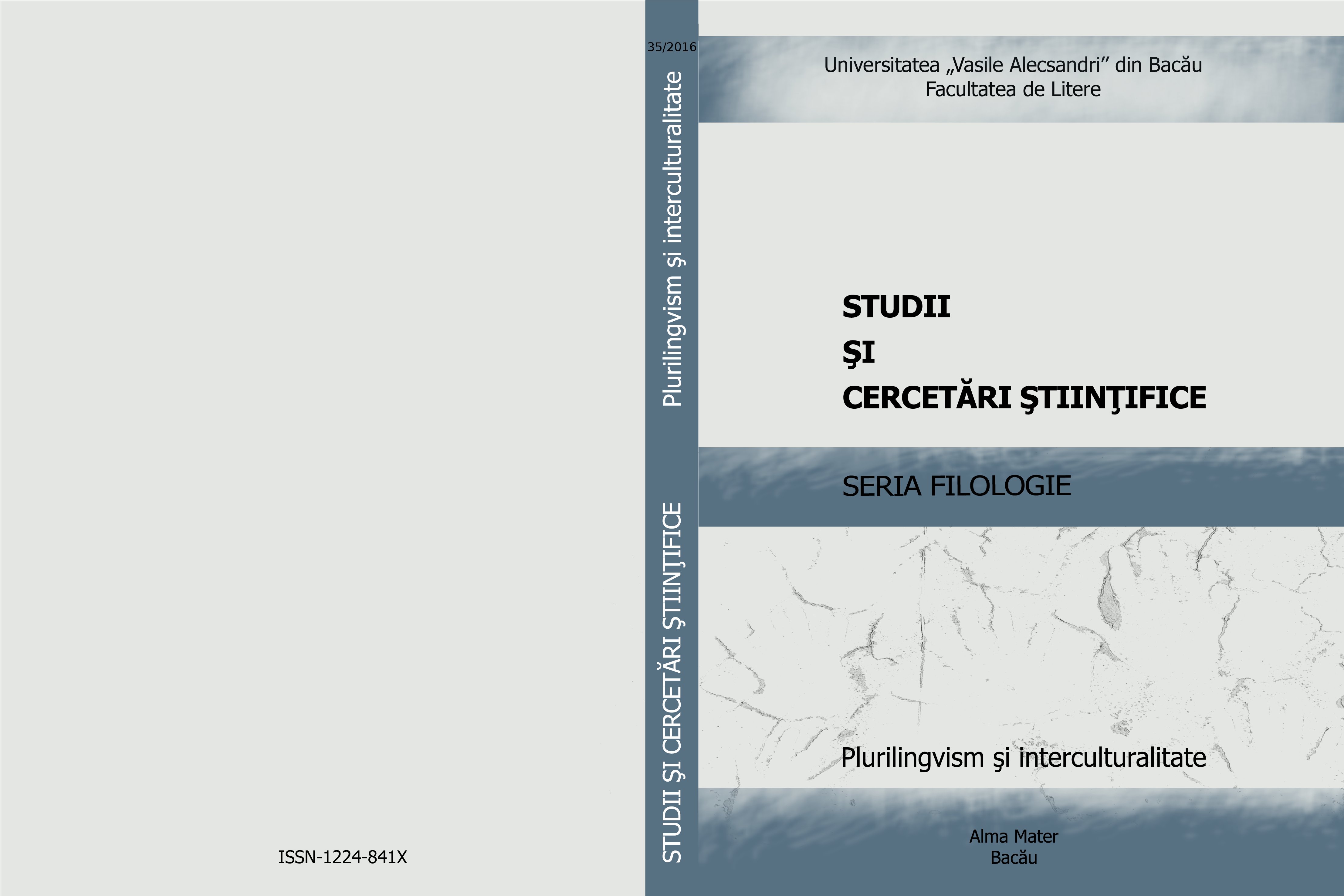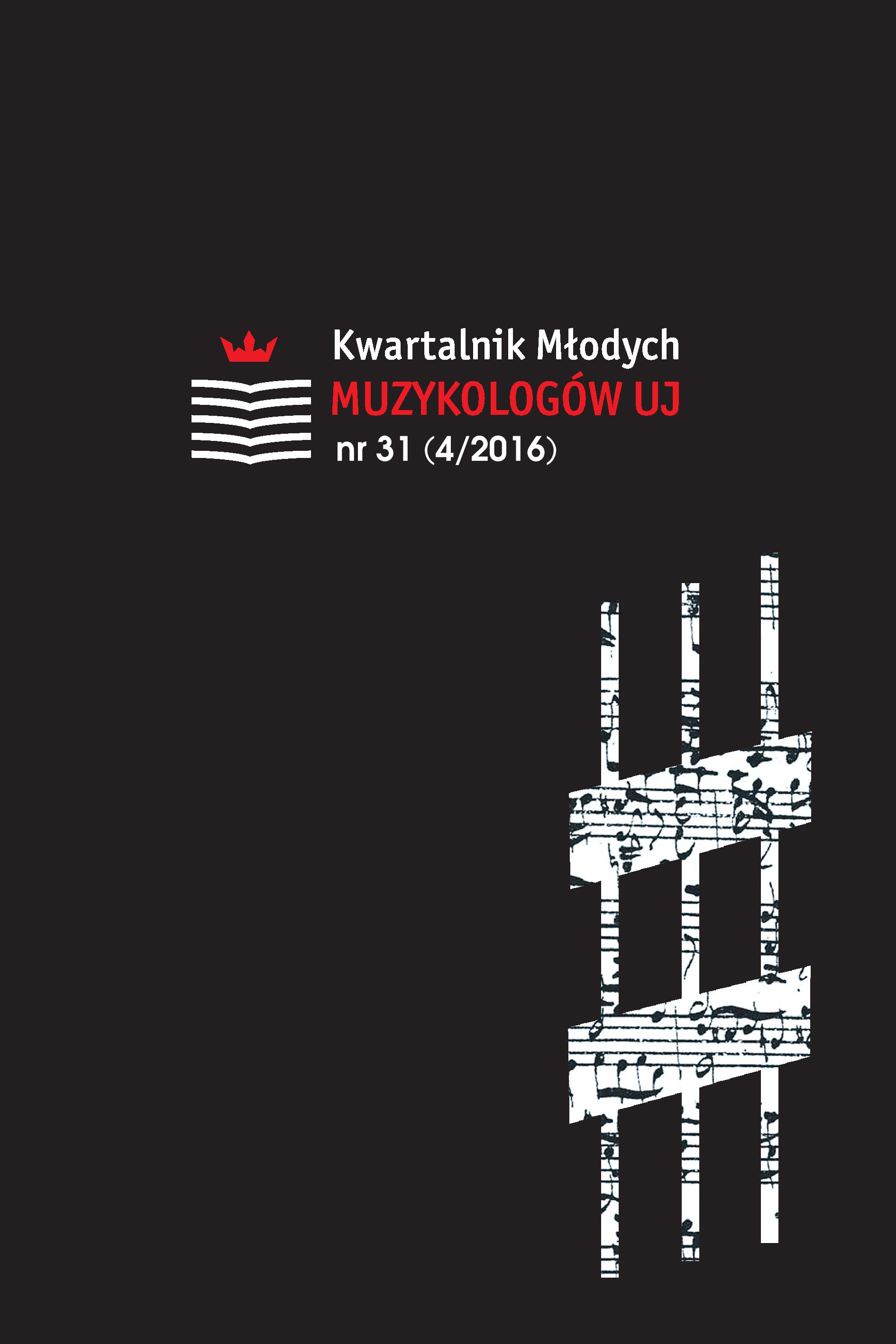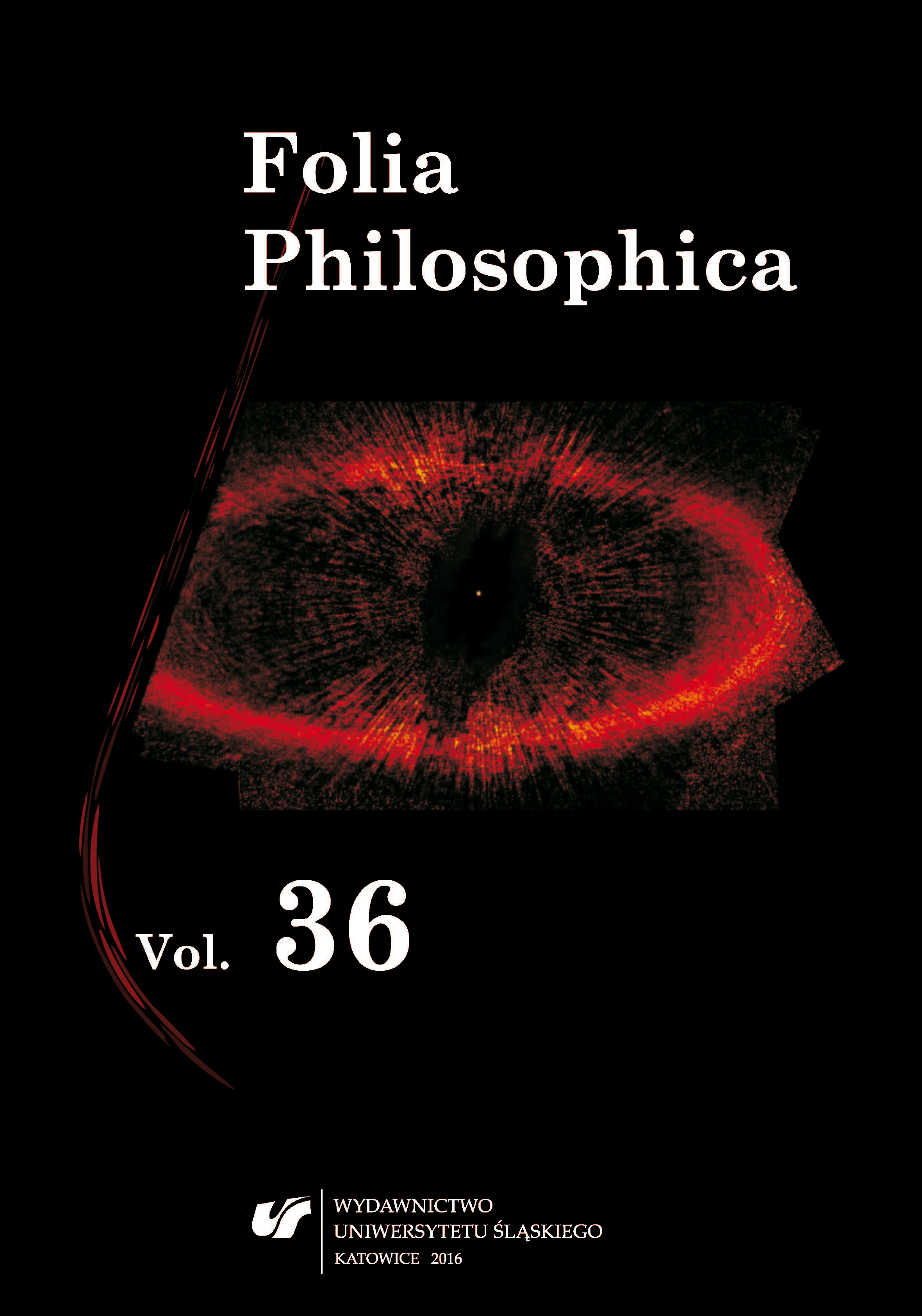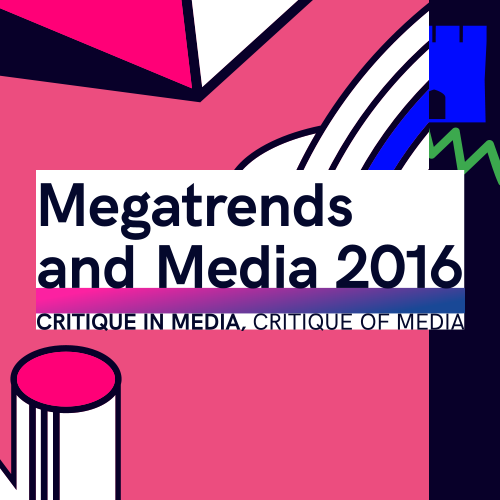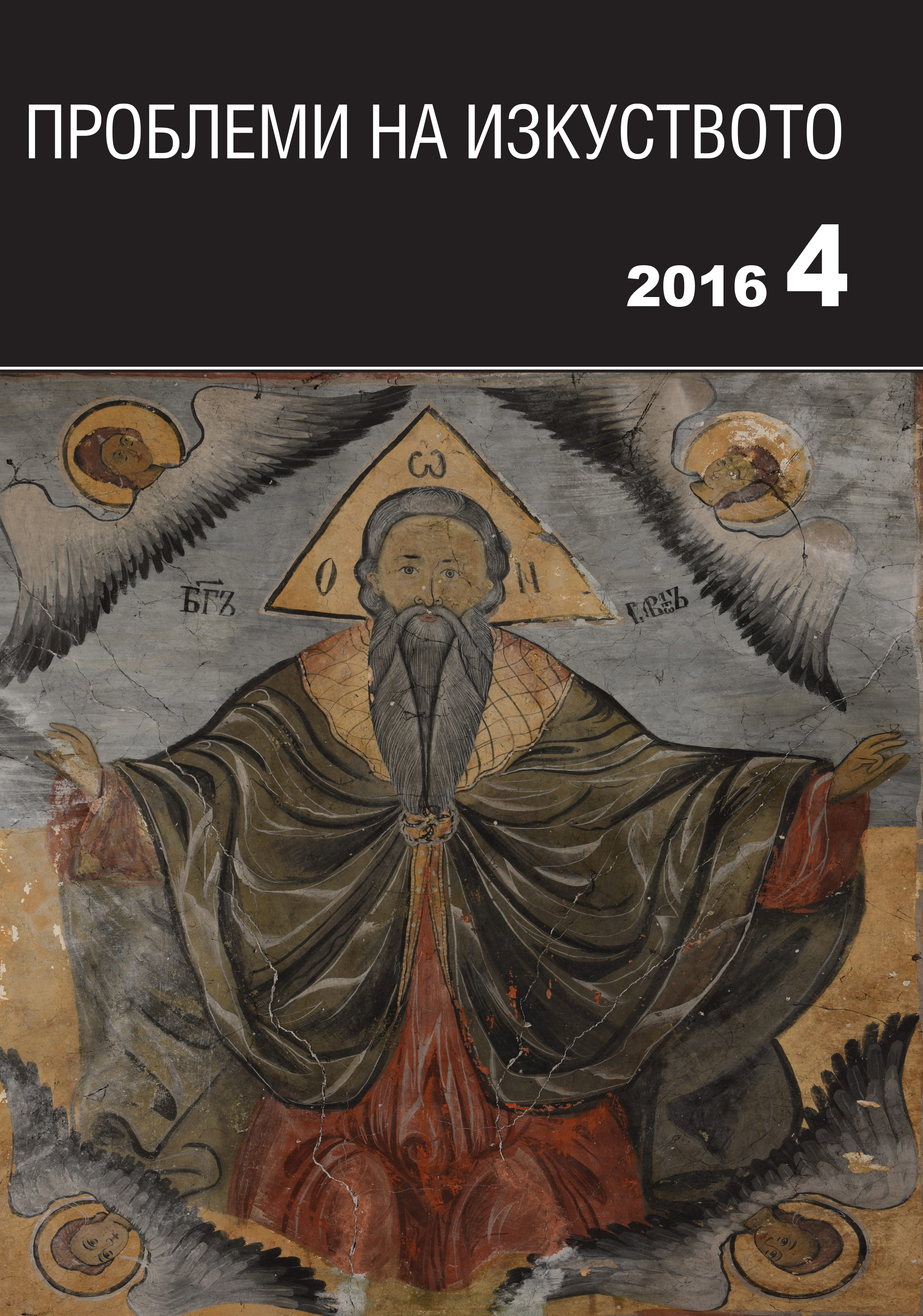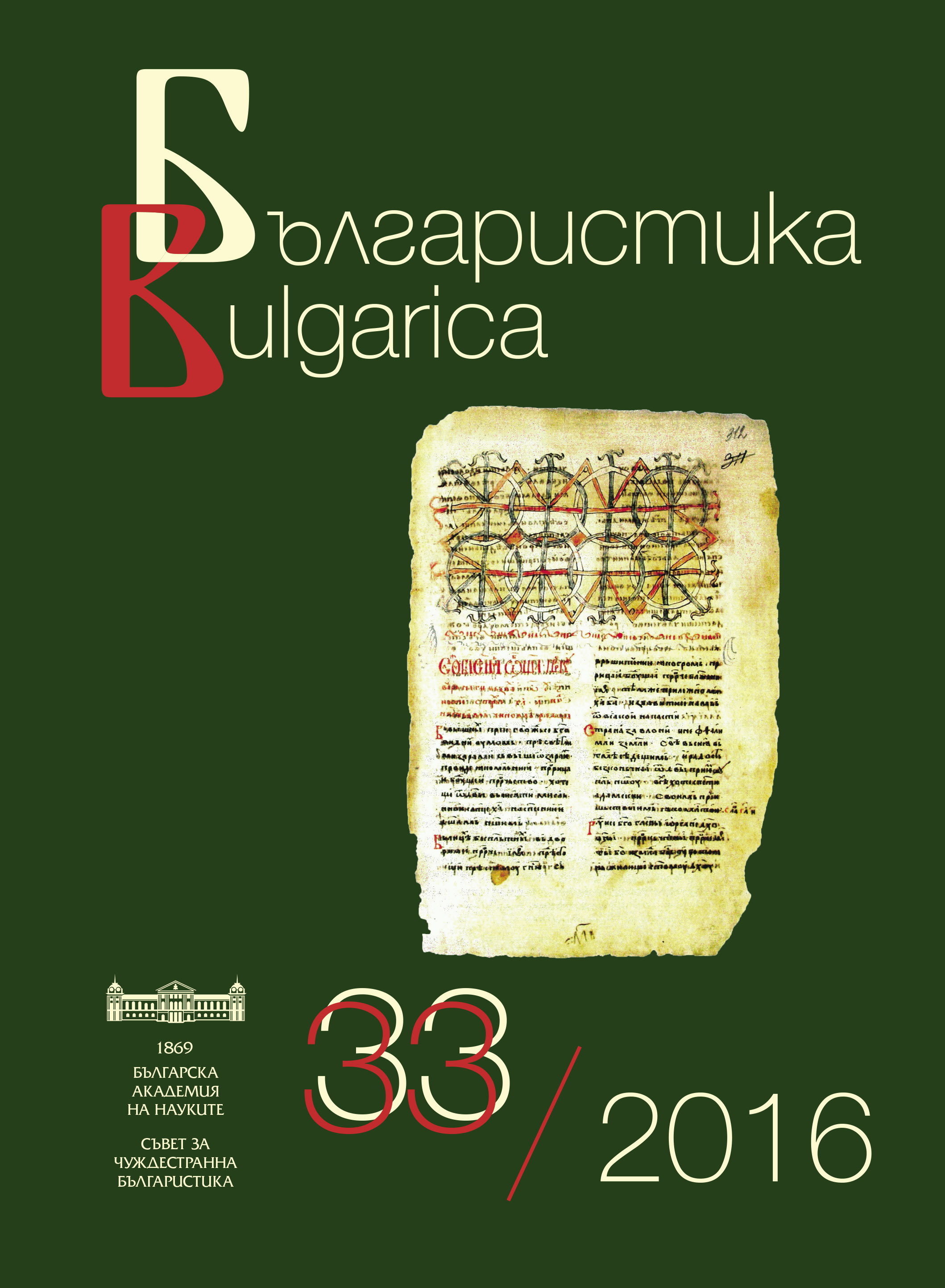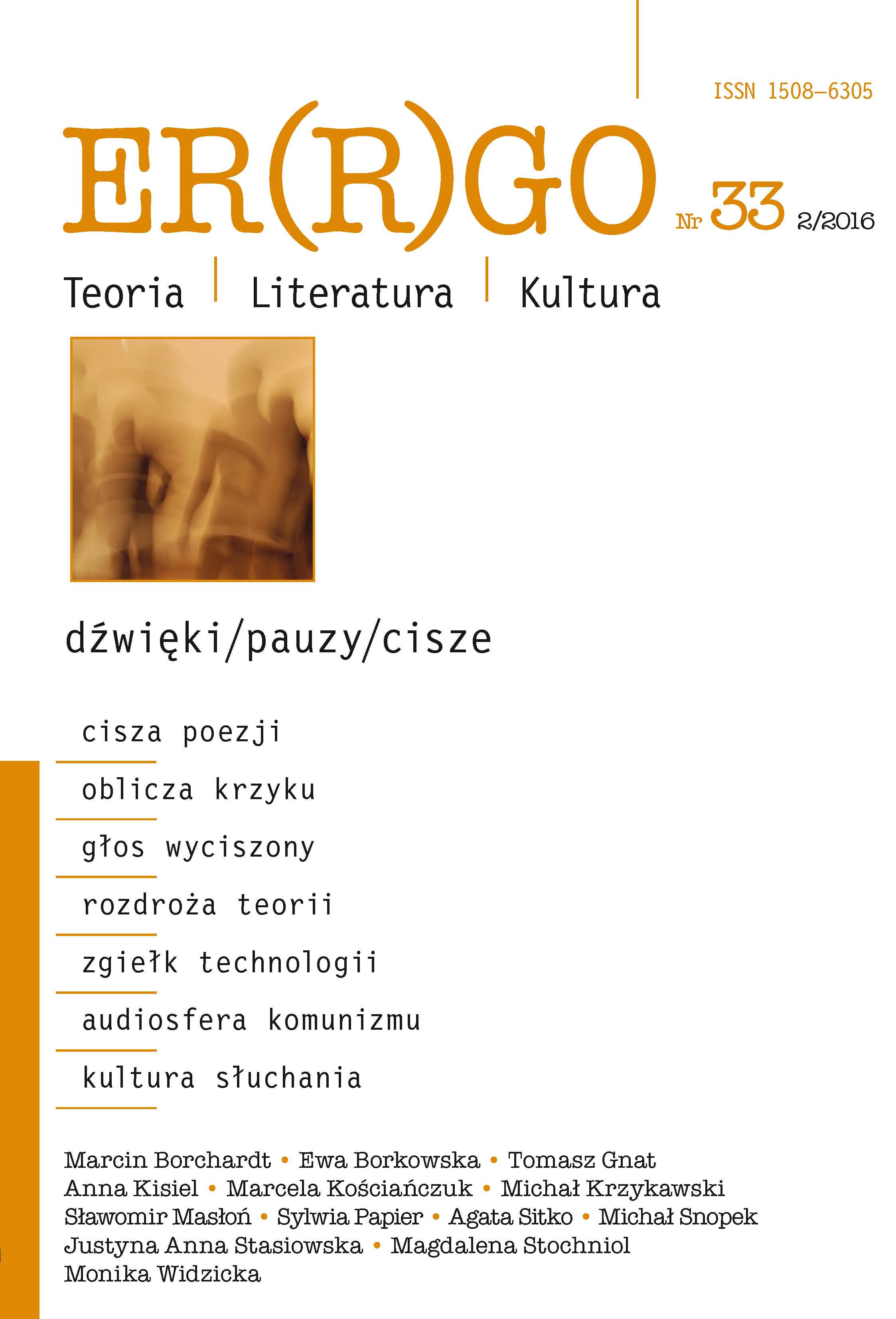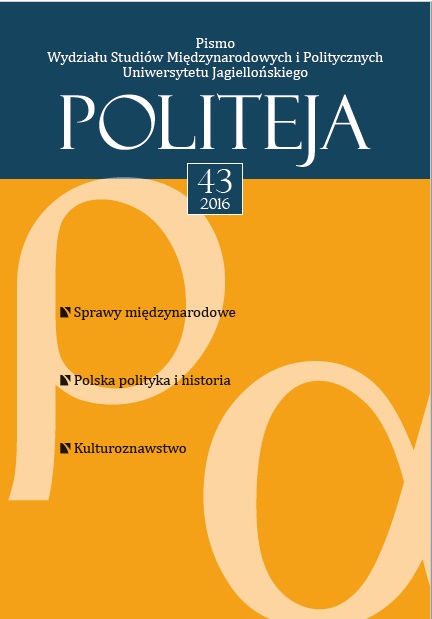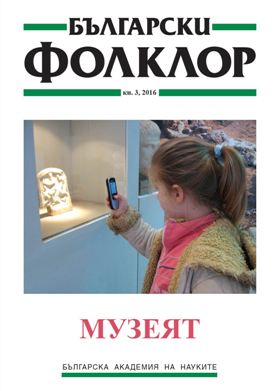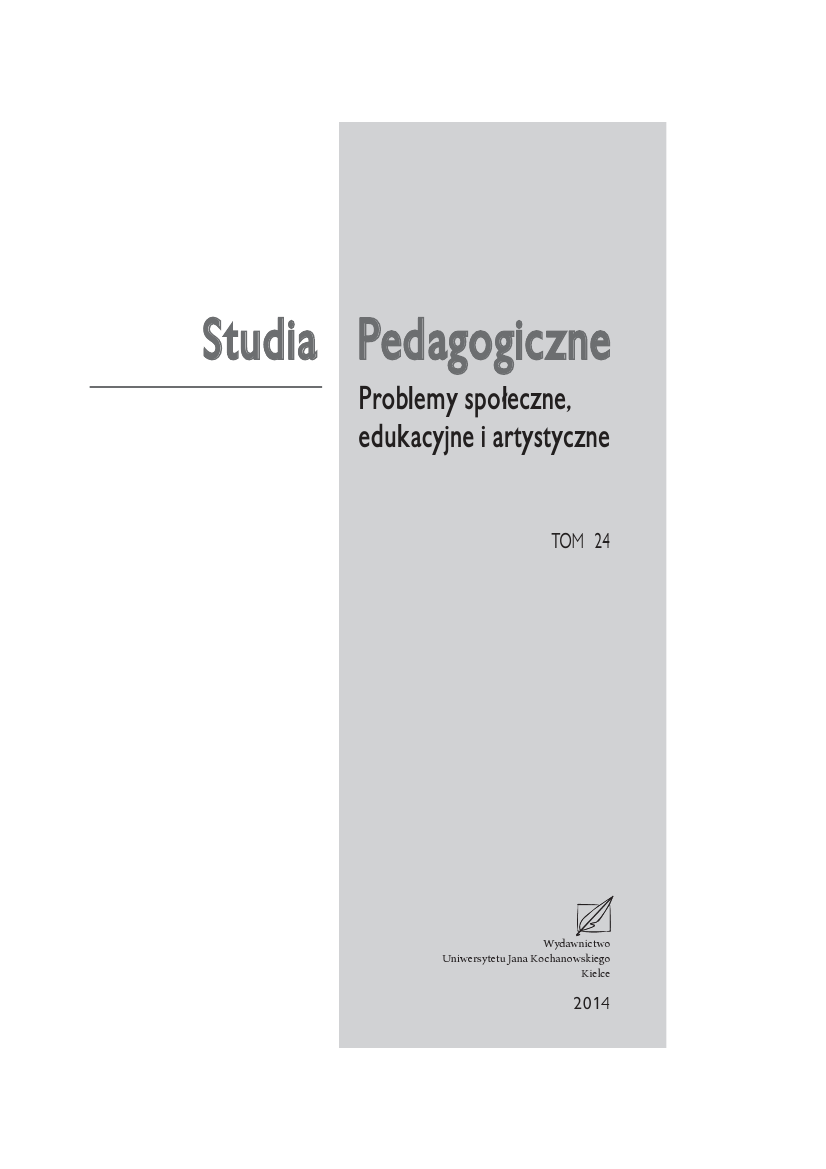
Muzyczne upodobania współczesnej młodzieży
Niniejszy artykuł ma na celu przedstawienie upodobań muzycznych współczesnej młodzieży. Na podstawie analizy teoretycznej oraz badań empirycznych przeprowadzonych w gimnazjum oraz szkołach ponadgimnazjalnych przedstawiono sylwetkę współczesnego odbiorcy muzyki, jego zainteresowania i preferencje. W sytuacji, gdy młodzież kieruje swoje upodobania w kierunku muzyki popularnej, należy podjąć odpowiednie działania pedagogiczne, aby zmienić lub przynajmniej złagodzić istniejącą sytuację. W artykule podjęto próbę odpowiedzi na następujące pytania: Jakie są muzyczne upodobania współczesnej młodzieży? Jakimi kryteriami w zakresie wartościowania muzyki posługuje się młodzież? W jaki sposób, w czasie globalnej komercji rozwijać wrażliwość muzyczną młodzieży i kierować jej zainteresowania w kierunku muzyki wartościowej? Tematyka artykułu może stanowić inspirację do dalszych dociekań badawczych w zakresie edukacji muzycznej młodzieży.
More...
